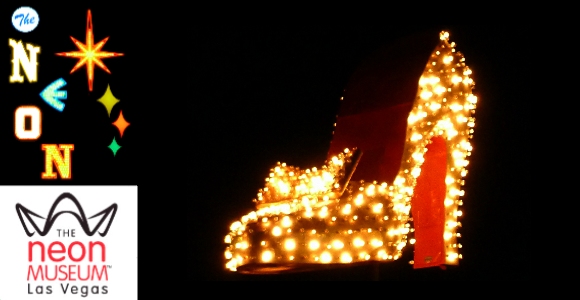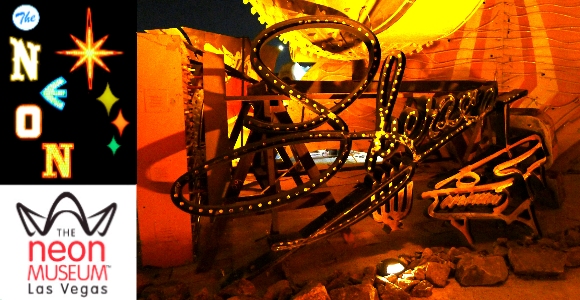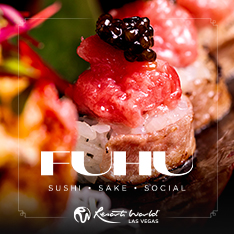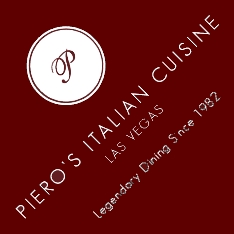One of the things that allow Las Vegas to be Las Vegas is a surprising lack of sentimentality towards its historical architecture. Otherwise, the Aladdin, the Barbary Coast, the Desert Inn, the Dunes, the El Rancho, the Frontier, the Hacienda, the Lady Luck, the Landmark, the Marina, the Sahara, the Sands, the Stardust, Bob Stupak’s Vegas World, and the Westward Ho would have never emerged, like concrete and steel Phoenixes rising from the rubble, reborn as (respectively) Planet Hollywood, the Gansevoort*, Wynn|Encore, Bellagio, Turnberry Place and the Fountainbleu*, the Trump Hotel, Mandalay Bay, the Downtown Grand*, parking for the Las Vegas Convention Center, the MGM Grand, the SLS*, Venetian|Palazzo, Resort World*, the Stratosphere, and a McDonald’s.
Me? I’m so much of a sentimentalist, that the only things keeping me from being featured on “a very special episode of Hoarders” are a husband with major organization skills and a devoted cleaning woman. I loved the Aladdin, when all of the employees dressed like characters from the One Thousand and One Arabian Nights, and hanging at the Barbary Coast when they dealt single-deck Blackjack; not to mention dining at the House of Lords at the Sahara, and catching Melinda: First Lady of Magic, at the Lady Luck. I adored the Googie lettering of the Stardust’s sign (not to be confused with the Futura font that replaced it, in 1991).
But more than anything else, Las Vegas is a truly modern city. And with that comes the responsibility to retain a grip on history. Recognizing that Las Vegas is one of the capitals of Atomic-Age, Mid-Century architecture, a few long-time residents, banded together with the Allied Arts Council of Southern Nevada and the City of Las Vegas, late in the last century. Spearheaded by local leaders including Barbara Molasky, Jan Jones, Robin Greenspun, Roger Thomas, Brad Friedmutter, and Steve Weeks, and later, Alexandra Epstein, the community rallied, and the Neon Museum was born.
The physical Museum is located Downtown, at the site of the Neon Boneyard – where some of this city’s most iconic signs (ranging from wedding chapels and motels, to restaurants and casinos - many "rescued" from the storage yard of the Young Electric Sign Company – aka Yesco) that have yet to be restored, have been carefully curated and lit into a marvelously interesting walking tour, with the lobby of the clamshell-shaped La Concha Motel as the Museum's Visitor’s Center.
Additionally, fifteen fully-restored signs and mascots (including the lamp from the Aladdin, and the horse-and-rider from the Hacienda) have been placed throughout the increasingly hip Downtown corridor, as the Las Vegas Signs Project (Las Vegas Boulevard between Sahara Avenue and Washington Street) and the Downtown Gallery (Las Vegas Boulevard at Fremont Street).
And now that the Liberace Museum is seeking new digs, the Neon Museum is really the best touchstone many pop-culture fans have to the Las Vegas of yesteryear.
The Neon Museum
Click HERE for info
Get into it!
[Editor's Note: * = development planned or under-construction]













